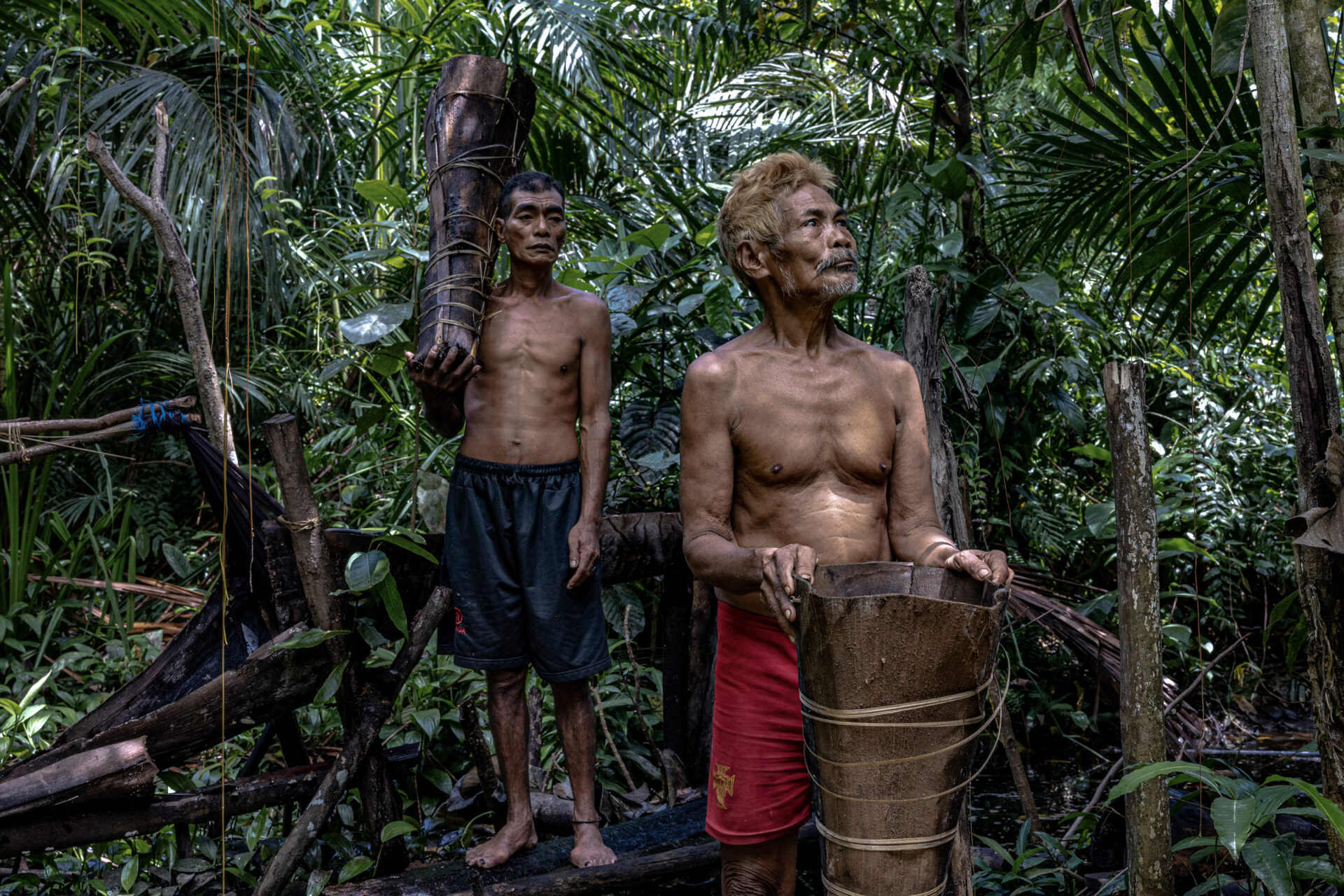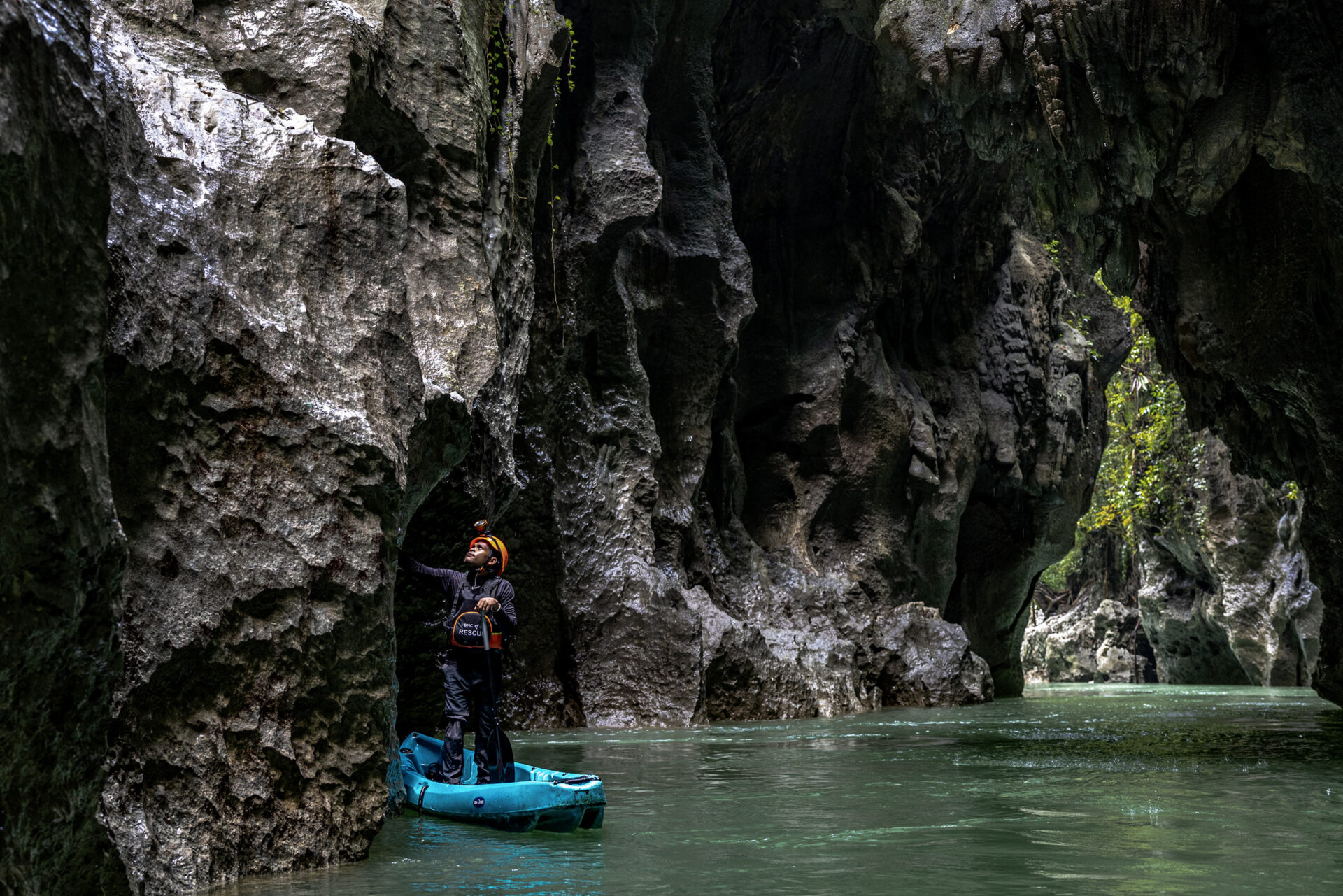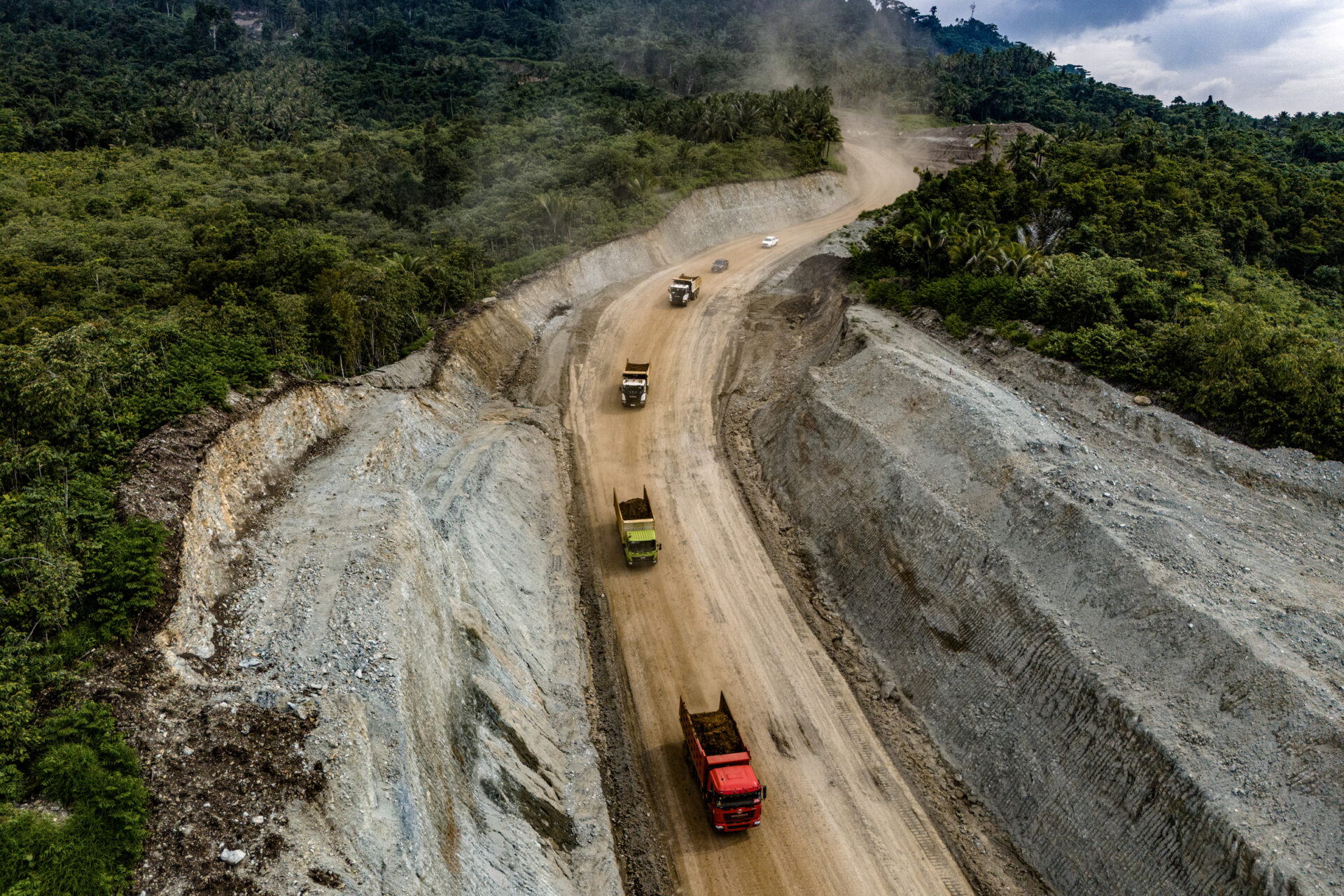
Mas Agung Wilis Yudha Baskoro
Can you tell us how it felt when you learned that you won a World Press Photo award?
I did not expect this because World Press Photo is one of the most prestigious photojournalism competitions in the world. Although I am currently based in Jakarta, I started in Kebumen, a small town in Central Java, where I taught myself photography. Winning this award is something I never dared to dream of.
Tell us a bit about your awarded project: What inspired it, and what challenges did you face during the process?
To meet the global demand for EVs, the nickel mining industry is expanding massively in Indonesia. The government is carrying out large-scale exploration in several regions across the archipelago, in places like Morowali, North Konawe, and Halmahera. Areas that were once lush and green have suffered deforestation, environmental degradation, and severe social impacts due to the lack of policies that prioritize environmental protection and worker safety.
The situation reached a turning point when a video surfaced showing the indigenous people of Halmahera, the O’Hongana Manyawa, attempting to block mining exploration heavy equipment with wooden sticks. Shortly after, a flash flood hit, submerging many villages in the mining-affected areas of Halmahera. This pushed me to visit Halmahera as soon as possible.
The main challenge, however, was the initial research process and pitching the story to media outlets. Due to the remote location and high costs, I had to find a publication willing to fund at least half of the expenses.


Why was this story important for you to tell? What do you hope audiences take away from it?
I want everyone to consider the fate of the communities living around mining areas affected by this extractive industry — both rural residents and mine workers. It feels truly unfair that, in pursuit of the urban utopia where people can drive EVs and breathe fresh air, those in resource-rich areas, such as in Weda and Sagea, are sacrificed. They lose their livelihoods due to flooding, are forced to live with contaminated water, and suffer from air pollution caused by mining dust.
Looking back, how did your time with The VII Foundation shape your approach to photography or storytelling?
I have learned a lot from Philip Blenkinsop. He is a mentor who teaches honesty in creating work. This honesty is not only reflected in his photographs but also in the way he teaches and provides critique. This is something I have applied to my own work.
Was there a specific moment, workshop, or educator from the program that left a lasting impression on you?
I always remember Philip’s advice and critiques. To this day, I often revisit my notes from his classes before heading out into the field. “Emotion, expression, and mystery. Bring raw truth and strangeness!” Philip once said.
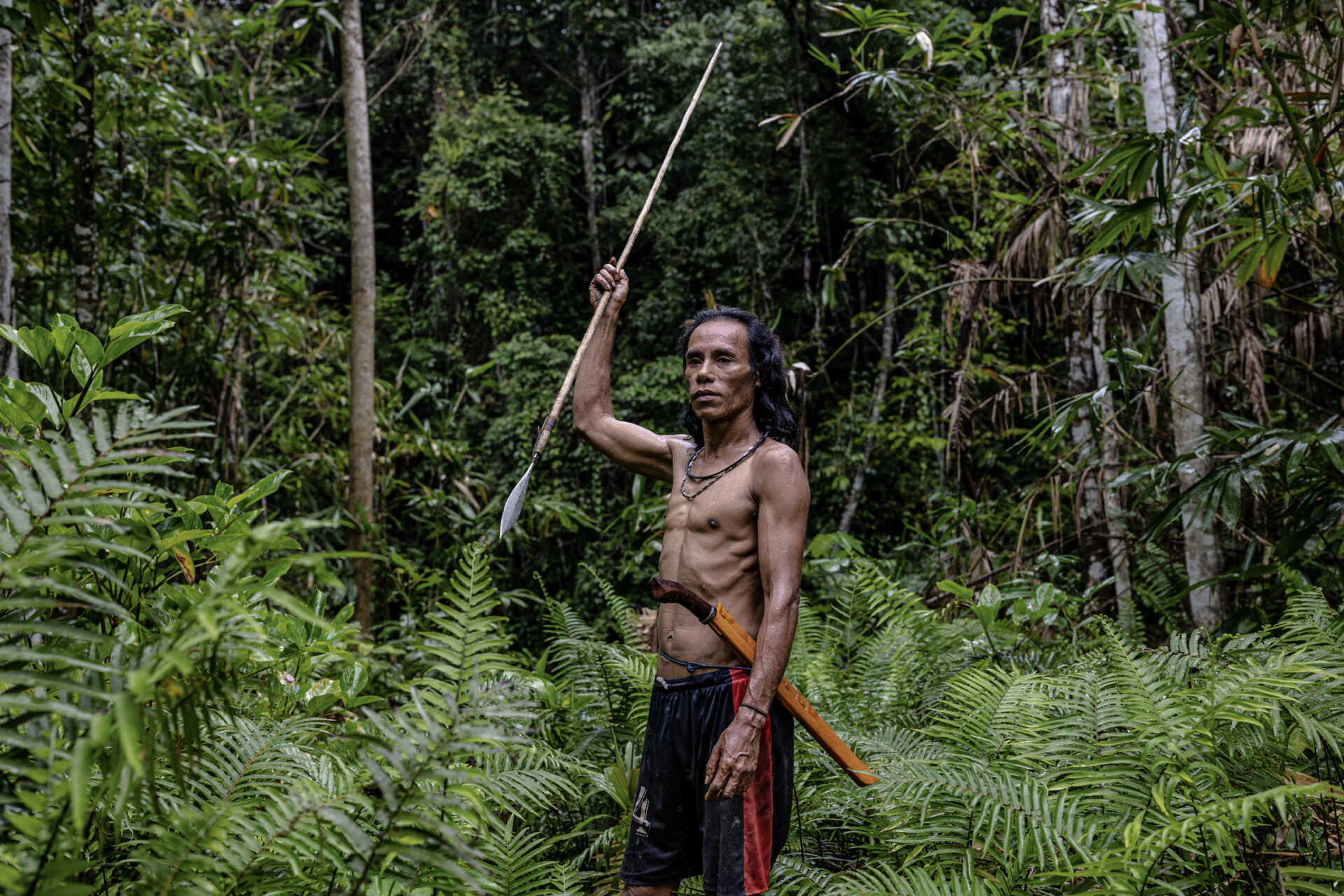
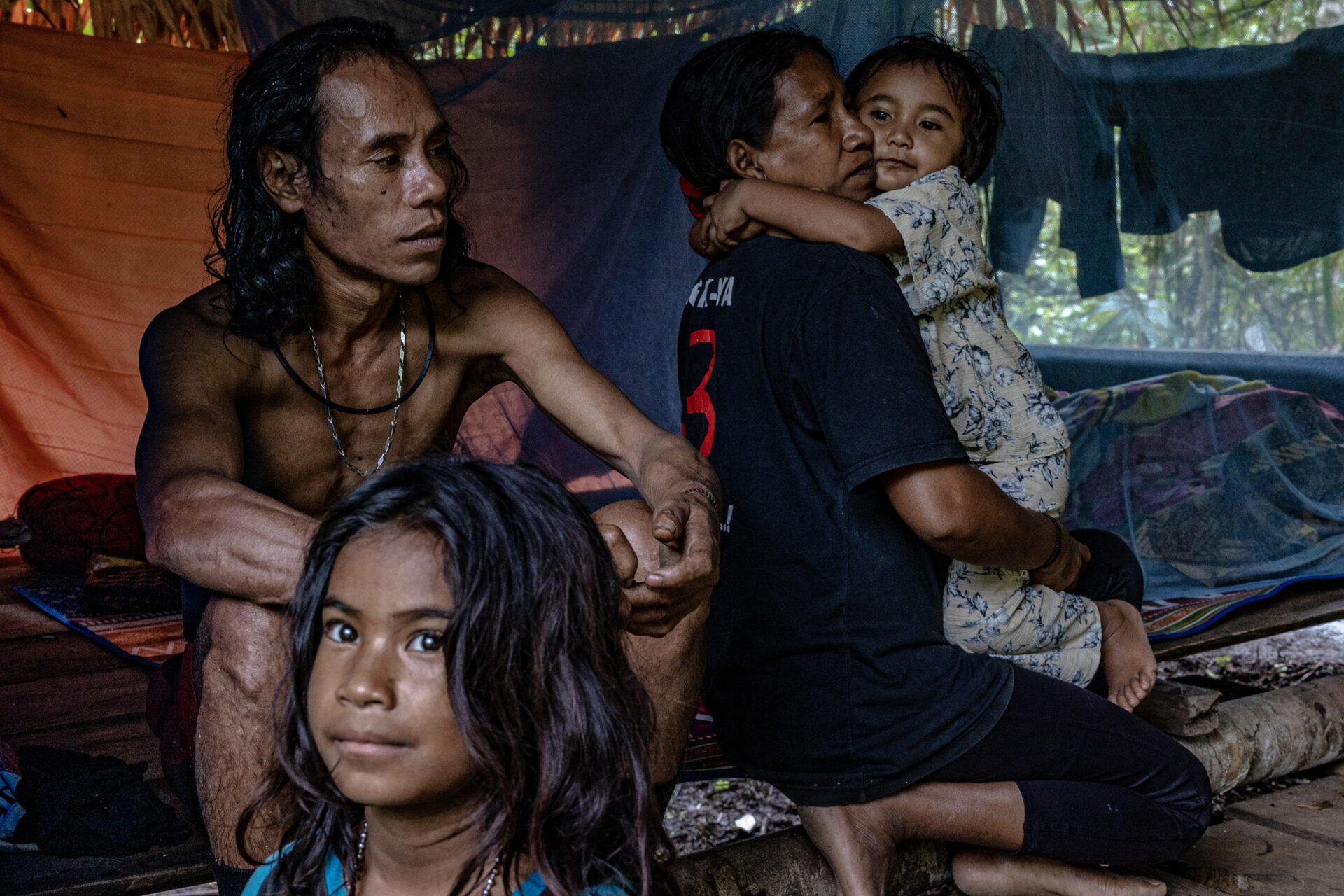
Do you feel a connection to other VII Foundation alumni? How has the VII Community supported your growth?
Yes, we still have a WhatsApp group where we share opportunities and talk about assignments or updates on our work. I also find it very inspiring because seeing my friends’ work on Instagram is something that brings me joy.
What kind of impact, personal or professional, has your experience with The VII Foundation had on your career?
I have friends from different parts of the world, and we stay connected. I once received an assignment due to an indirect recommendation from my connection at the VII Foundation. The person who recommended me didn’t know me personally but trusted me because they knew my friend from The VII Foundation.
What’s next for you? Any projects you’re currently working on or dream stories you want to pursue?
I will continue to fight to cover environmental crises in Indonesia. I don’t want my child and future generations to live in a devastated environment. I want to tell the unheard stories of communities in mining-affected areas across Indonesia.

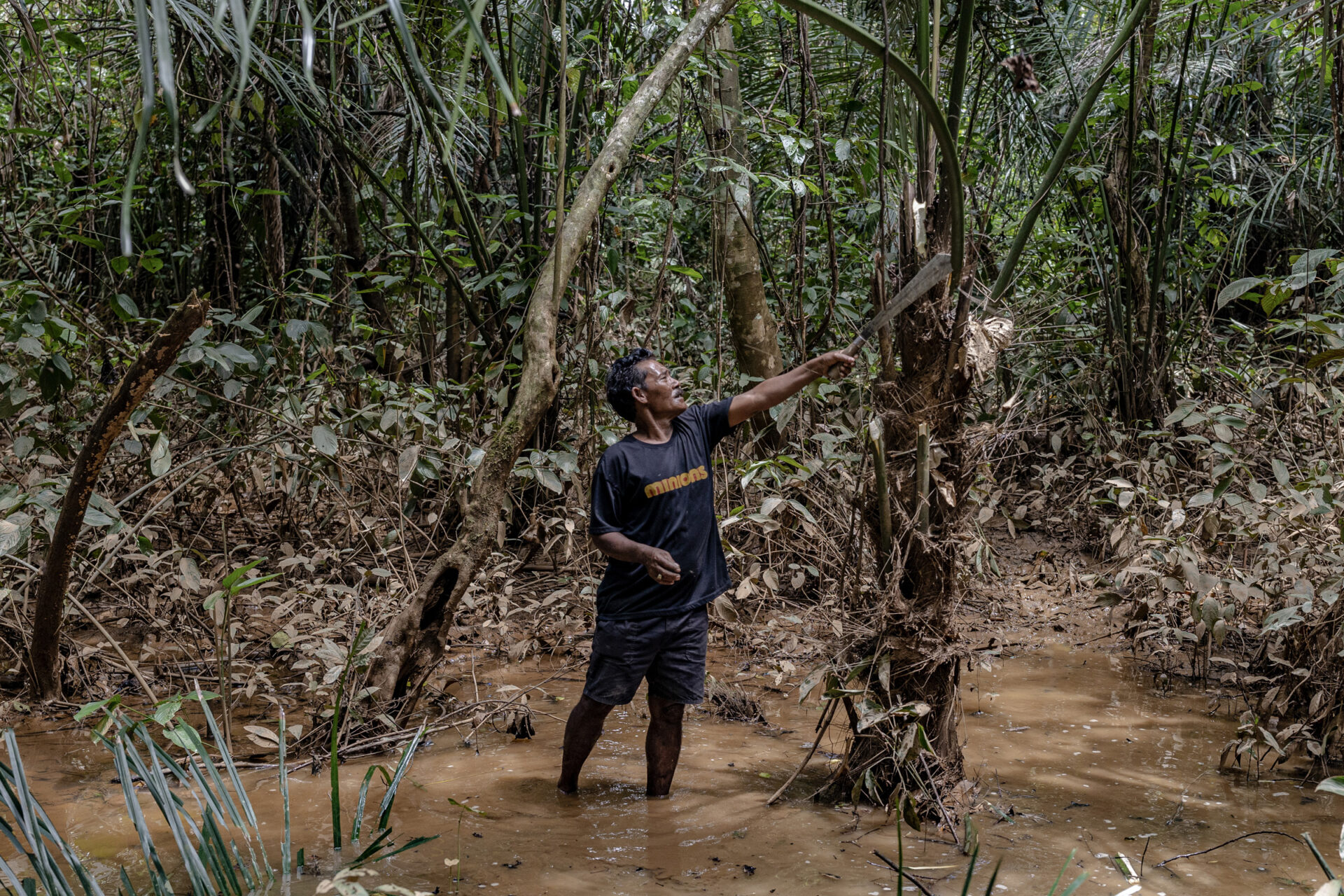
What advice would you give to emerging photographers?
We must believe in our own abilities. When there are concerns or dreams, chase them no matter what — with a positive mindset — and we will always find a way.
Is there a moment or story behind one of the winning photos (something that happened while shooting) that people wouldn’t know just by looking at the image?
What the photo doesn’t capture is the rain falling in an unusual way. There’s a slight smell of factory smoke and a sticky, mildly itchy sensation from the raindrops on my skin. I don’t have sensitive skin, but I can tell that rain passing through such thick factory smoke doesn’t feel healthy.
Anything else you’d like to share?
As a photojournalist, I hope this photo can raise awareness, especially among the Indonesian public, and, if possible, the global community, about the issues it highlights—such as the environmental crisis and its impact on people’s lives due to nickel mining in Halmahera. This awareness is expected to bring positive impacts to the community, especially for friends in Halmahera, particularly in Weda and Sagea, not only for the general public but also for the mine workers there.
With global attention, I hope policies that are more favorable to the people can be implemented, along with tangible support for communities affected by the issues conveyed through this photo.
